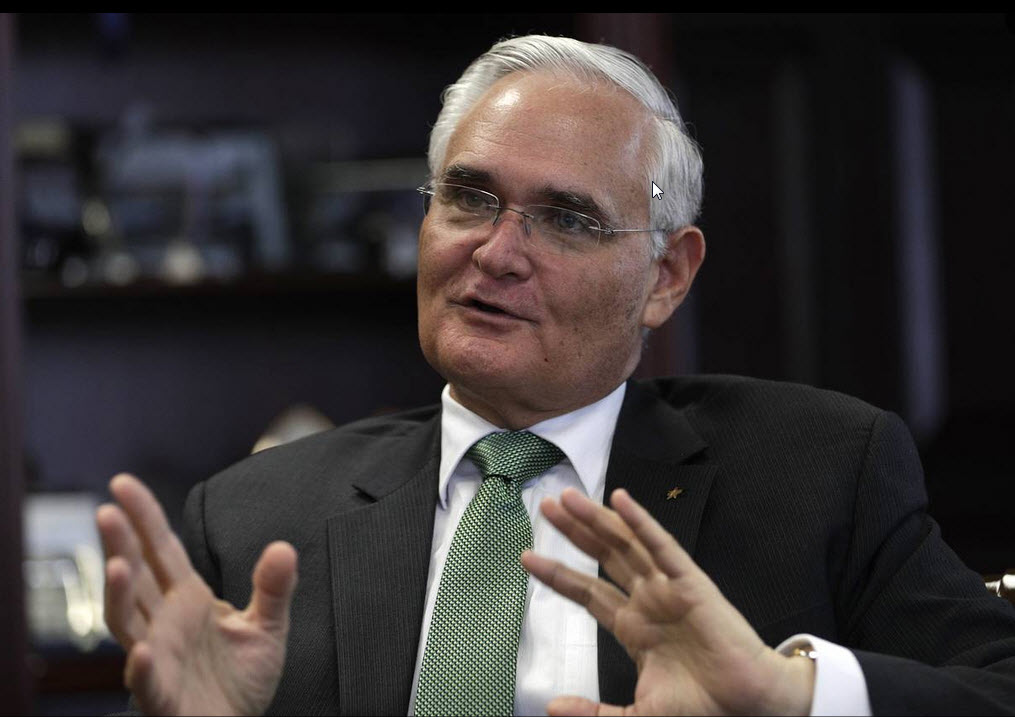Although a war of words over tariffs has intensified between China and the United States, there is still good reason to be optimistic about prospects for global trade, the administrator and CEO of the Panama Canal Authority said in an interview with The Japan Times on Wednesday.
Jorge L. Quijano, who stopped in Tokyo this week as part of an Asian tour, noted that while customers of the Panama Canal — including many Japanese businesses — remain mindful of ongoing trade disputes, the growing economic interdependence of the world economy still provides strong incentives to avoid outright trade conflict.
“If some of the statements on trade that President Trump has made do materialize it could impact traffic on the Panama canal,” said Quijano, in reference to the threat that tariffs pose to his hyper-connected nation of 4 million.
Trade as a percentage of gross domestic product — a measure of trade dependency that includes the value of imports and exports — rang in at around 94 percent of GDP for Panama in 2016, compared to 31 percent in Japan and a 56 percent world average, according to the World Bank.
But contrary to global headlines, which have rang alarm bells over trade disputes, economic data indicates that trade has actually sped up significantly in 2017 — something Quijano has witnessed firsthand.
“We have experienced a lot of improvement in trade compared to last year even though a lot of things have been said between the U.S. and China. Trade is still happening in an increasing manner so we are confident and optimistic,” said Quijano.
Global trade grew at a rate of 4.9 percent in 2017 overall, while developing economies grew by 6.4 percent, according to the International Monetary Fund’s annual spring report released earlier this month.
Quijano spent time in Japan before continuing on to China and South Korea in order to meet with regular customers and discuss the canal’s growing ability to transport liquefied natural gas.
An expansion of the canal completed in 2016 allows vessels carrying LNG to pass through. The number of shipments has grown rapidly, with 6 million metric tons of LNG moving through the canal in 2017. According to Quijano, LNG transport could grow to around 15 million tons a year by 2019. Japan’s three largest shipping companies, Mitsui O.S.K. Lines Ltd., Nippon Yusen K.K., and Kawasaki Kisen Kaisha Ltd., are all among the top 10 users of the Panama Canal. Japanese firms have invested heavily in LNG projects in the U.S. and could soon become the largest transporter of LNG through the canal, according to Quijano.
“Energy is coming into Japan like LNG, but you also have a lot of grain like corn and soybeans from the United States. We are in a globalized world whether you like it or not,” said Quijano.
